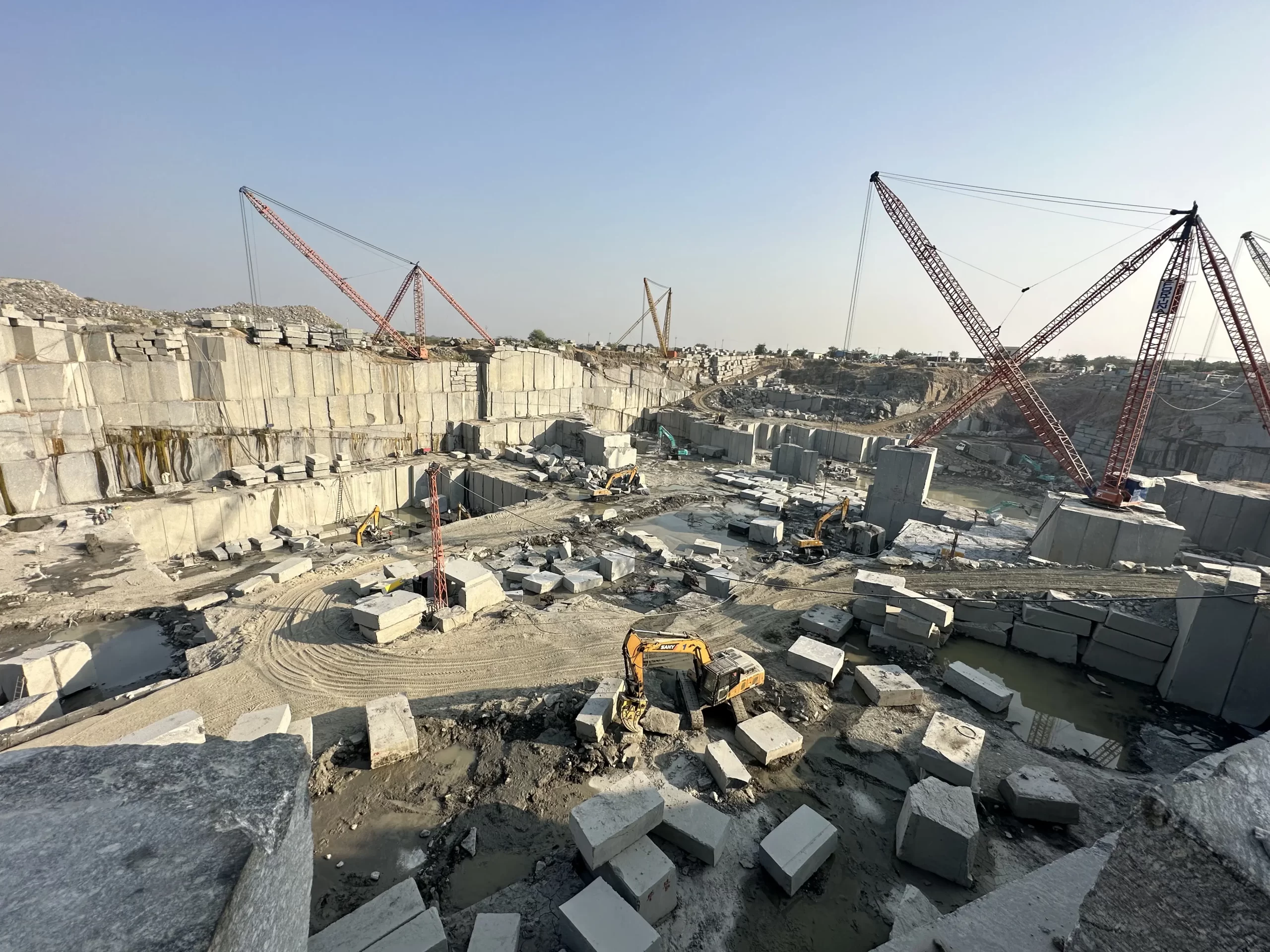Revealing the Mysteries of Granite Quarrying: Where Stamina and Style Meet
The world of granite quarrying is a world where the raw stamina of nature converges with human artistry to produce structures that stand the examination of time with an air of style. From the depths of quarries to the precise polishing in workshops, the process of transforming granite right into building wonders is a complicated dance of practice and technology. As we peer right into the depths of this ancient craft, we start to uncover the hidden ins and outs that shape the very essence of our built setting.
The Origins of Granite Quarrying
In the annals of building history, the origins of granite quarrying are shrouded in a tapestry of ancient workmanship and geological marvels. Going back to old Egypt and Mesopotamia, the removal of granite from quarries marked the start of a trip that would ultimately bring about the development of several of the globe's most renowned frameworks.
Granite quarrying's origins can be traced to the knowledgeable artisans that acknowledged the rock's sturdiness and visual appeal. With a mix of primitive tools and large resolution, these very early quarry workers uncovered granite blocks that would come to be the structure blocks of people.
As human beings advanced, so did the techniques of quarrying granite. The Romans, renowned for their engineering prowess, established advanced techniques for drawing out granite to create monuments, temples, and roads that stood the examination of time.
The heritage of these old quarrying practices continues to form modern design, with granite continuing to be a symbol of strength and beauty in building projects around the world. (granite quarries in south africa)
Devices of the Quarrying Trade
The evolution of granite quarrying strategies from old human beings to contemporary times highlights the crucial duty played by the devices of the quarrying sell forming the industry's techniques. In old times, quarrying tools were rudimentary, frequently containing chisels, hammers, and wedges made from materials like bronze or iron. These tools called for significant workforce and time to remove granite obstructs from quarries.

Furthermore, the introduction of pneumatic tools and high-powered equipment has actually significantly reduced the physical labor needed in quarrying operations, improving employee security and productivity. As the quarrying see this page industry proceeds to innovate, the devices of the profession stay at the forefront of driving development and forming the future of granite extraction.
Removing Blocks of Granite
Using precision machinery and advanced strategies, the removal of granite obstructs from quarries has come to be an innovative process in the modern-day quarrying industry. The first step entails recognizing site the place and size of the granite deposit to determine the most efficient removal technique. Once an ideal site is chosen, the removal process begins with the boring of holes for the positioning of dynamites. Managed blasting methods are after that employed to damage apart the granite right into workable areas.

Sprucing Up and Completing Strategies
To accomplish a perfect surface on granite blocks, proficient artisans use a series of meticulous polishing and finishing methods. After the first removal and shaping processes, the granite obstructs undertake a thorough sprucing up stage to enhance their all-natural elegance and toughness. One common method utilized in brightening granite is ruby abrasion, where industrial rubies are utilized to grind and brighten the rock to a smooth surface. This process not only develops a shiny surface but also makes certain uniformity in shade and structure across the granite block.
In enhancement to polishing, finishing strategies are used to additional refine the granite's look. By very carefully picking and using these brightening and completing methods, craftsmens can transform raw granite blocks right into elegant items that showcase both strength and elegance.

Environmental Effect and Sustainability
With the growing focus on ecological awareness in the market, granite quarrying practices are increasingly looked at for their impact on all-natural sources and long-lasting sustainability. Quarrying for granite can have significant ecological effects. The removal procedure frequently includes using heavy equipment, nitroglycerins, and large amounts of water, leading to habitat devastation, soil disintegration, and water air pollution. In addition, the transport of granite from quarries to processing facilities generates carbon emissions, additionally adding to environmental destruction. granite quarries in south africa.
To mitigate these effects and make certain sustainability in granite quarrying, sector stakeholders are embracing numerous steps. Applying sophisticated technologies to decrease power intake and water use, recovering quarried land for my link environmental repair, and advertising responsible sourcing practices are some approaches being employed. Qualifications such as the Woodland Stewardship Council (FSC) and the Management in Power and Environmental Design (LEED) assistance consumers identify ecologically friendly granite items.
Conclusion
To conclude, granite quarrying is a procedure that requires specialized devices and techniques to remove blocks of granite and polish them to a high degree of finish. While the ecological impact of quarrying can be significant, efforts are being made to improve sustainability practices in the market. In general, granite quarrying is a fragile balance between taking advantage of the strength and sophistication of this natural rock while reducing its influence on the atmosphere.